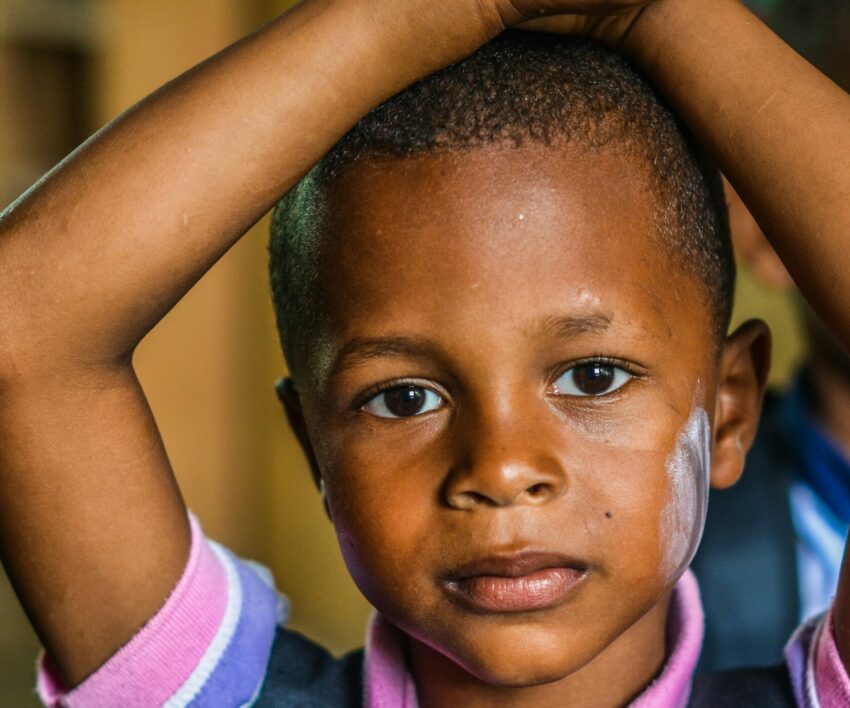
As a parent, you pay close attention to your child’s development. Anything out of the ordinary in terms of their mental, physical and emotional health is alarming and can lead to the parent seeking help. What about warts? Are they also a concern, could they affect the child’s growth in any way?
Here’s what the Royal Children’s Hospital Melbourne says about warts. “They are relatively harmless skin growths which are very common, affecting around one in every five children. Warts can appear anywhere on the skin or mucous membranes, including the mouth and genitals. They are primarily found on the hands, fingers, feet, and face.”
The above-mentioned hospital states that warts can spread to other people through direct skin-to-skin contact. The hospital further explains that picking or scratching warts may increase them in the child who already has them. “Warts can also be transmitted indirectly via swimming pools or public showers, particularly if your child is barefoot and has scrapes or cuts. Half of all warts are meant to disappear after two years. They can last longer in adults or those with weakened immune systems. If the warts do not cause any problems, it is unnecessary to treat them,” explains Melbourne.
The Cleveland Clinic explains warts as being caused by certain strains of the human papillomavirus (HPV), a common virus that can affect different parts of your body. “The virus can penetrate your skin via minor incisions and induce extracellular development. The outer layer of your skin thickens and hardens, resulting in a wart.” According to the Clinic, warts are more likely to infect damp, delicate, or damaged skin. “All warts are caused by HPV, although not all HPV types create warts,” reports the Cleveland Clinic. The Clinic also declares that the kind of HPV that can lead to cancer (such as cervical cancer) does not generate warts.
It is mentioned above that there is no need to treat warts if they are causing problems, so when should you be worried? The Raising Children Network says to take your child to the doctor when the warts:
- are on your child’s face, feet or genitals
- look infected, the area around the wart being swollen, warm and red on light skin, or brown, purple or grey on dark skin
- are painful or bleeding
- have been there for a long time
- are spreading around your child’s body
- are bothering your child because of the way they look.
According to Kids Health, there are ways parents can treat their kids with warts at home, here are they:
- Soak the wart in warm water for a minimum of 10 minutes.
- Before applying medicine, remove any dead skin on the wart’s surface using an emery board (which will never be used for nails). Be careful not to file into the normal skin surrounding the wart.
- Apply treatment to the wart, either over-the-counter or by prescription. Keep the area covered while the medication works.
- Wash your hands after touching the wart.
- Tell your child to not massage, scratch, or pick at the wart because this may spread the virus to another part of the body or cause the wart to become infected.
- Do not share towels or other personal goods with others.
Also see: Rolene Strauss raises awareness around HIV




